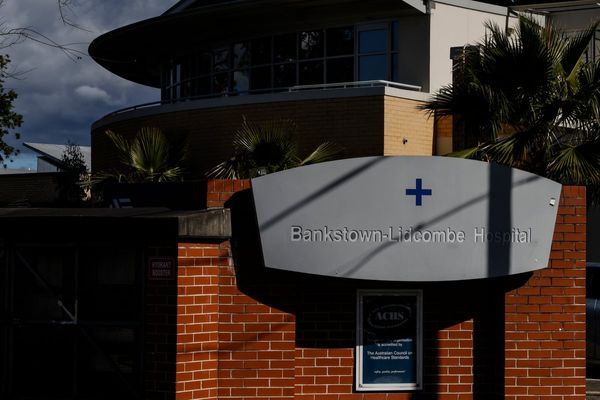The North East private sector economy contracted for the third month running as inflationary pressures and fears over a recession weighed on businesses, an influential survey has said.
The NatWest North East Business Activity Index, which measures output of the region’s manufacturing and service sectors – posted a score of 46.8 in September, with the North East showing a steeper drop in business activity than that recorded nationally. Companies in the region saw a seventh consecutive month of decreases in new work as firms reported that the cost-of-living crisis and worries over an economic downturn were dampening demand.
Company expenses continued to rise in September – taking the sequence of inflation to 28 consecutive months – with food and drink, energy, labour and transportation costs rising particularly. Companies attributed the inflationary pressures they were facing to Brexit, the war in Ukraine and the depreciation of the pound.
Read more: accounts point to challenges in automotive sector
The pressures facing businesses were led by the fourth consecutive months of job reductions and North East firms were downbeat in their outlook for the year ahead outlook. Recession worries, interest rate hikes and falling real wages were all highlighted as reasons for company pessimism.
Malcolm Buchanan, chair of the NatWest North regional board, said: “The survey shows us that businesses and clients were clearly worried about an economic recession in September. This, combined with rising prices and reduced budgets led households to cut back on goods and services expenditure.
“Among companies, the challenging scenario resulted in the scaling back of output and downbeat projections for the outlook. These economic woes were not centered on the North East, but it was here that some of the worst regional figures were recorded.
“Input price inflation showed no signs of abating, with September’s increase the fastest in three months. Local firms absorbed some of this additional cost burden in eff-orts to secure new work, signalled by a softer upturn in selling prices, then again the rate of charge inflation remained historically steep.”
It emerged last week that the UK economy grew slightly over the second quarter after a previously predicted decline was revised by the Office for National Statistics (ONS). But the new figures showed that, despite growth in the latest quarter, the economy as a whole is smaller than previously predicted.
Figures out this week and next on regional unemployment and inflation levels will give more insight into the health of the local economy in the first weeks of the new Conservative leadership.
READ NEXT:







